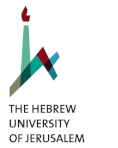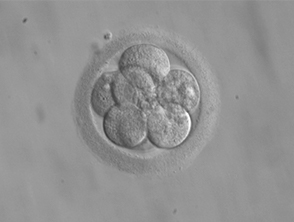Churn prediction for Madrasa
Madrasa, an NGO dedicated to teaching Israelis to communicate in Arabic, provides a free platform featuring MOOC Arabic courses. Despite attracting over 95,000 users enrolled in their courses, a significant number do not complete the program. To delve into the reasons behind student dropout, we conducted an analysis of each user’s online interactions, tracking their clicks, lesson views, and question attempts. Our findings revealed two distinct sub-populations of students who tend to leave the course, along with identifiable factors indicating a high probability of departure, suggesting a timing for the Madrasa team to contact those students.
Analyzing the Nature and Parks Authority site reviews
The Nature and Parks Authority administers questionnaires to visitors, featuring an open-ended question. To facilitate analysis, we created Hebrew-NLP algorithms capable of automatically extracting topics and sentiments from these responses. The tool we developed performs with high accuracy on both tasks, and is planned to be used by the Nature and Parks Authority to analyze a coming survey.
Predicting the number of visitors at the Nature and Parks Authority sites
The Nature and Parks Authority monitors daily ticket sales at each site, categorizing them by type (student, child, pensioner, etc.). In order to help the Nature and Parks Authority to plan resources efficiently, we developed a predictive algorithm for estimating future visitor numbers of visitors at each site based on historical visit data and calendar events. Our collaboration on this project is planned to continue, aiming to incorporate additional types of information into the model, which were not available during the summer workshop.
Monitoring Mikveh Water Tests for ITIM
ITIM is an NGO that aims at making Israel’s religious establishments more inclusive. They procured data from the Ministry of Health detailing water tests in Mikveh sites across the country during several years. We built a publicly available dashboard that will help ITIM as well as the public to monitor and understand in which sites abnormal results are commonly obtained, or tests are not performed often enough. Analysis of previous years revealed that in the past seven years 59.9% of the wells did not undergo checks frequently enough, and 35.9% of the water parameters exceeded the acceptable range, with chlorine constituting 92% of the total number of out-of-range measurements.






